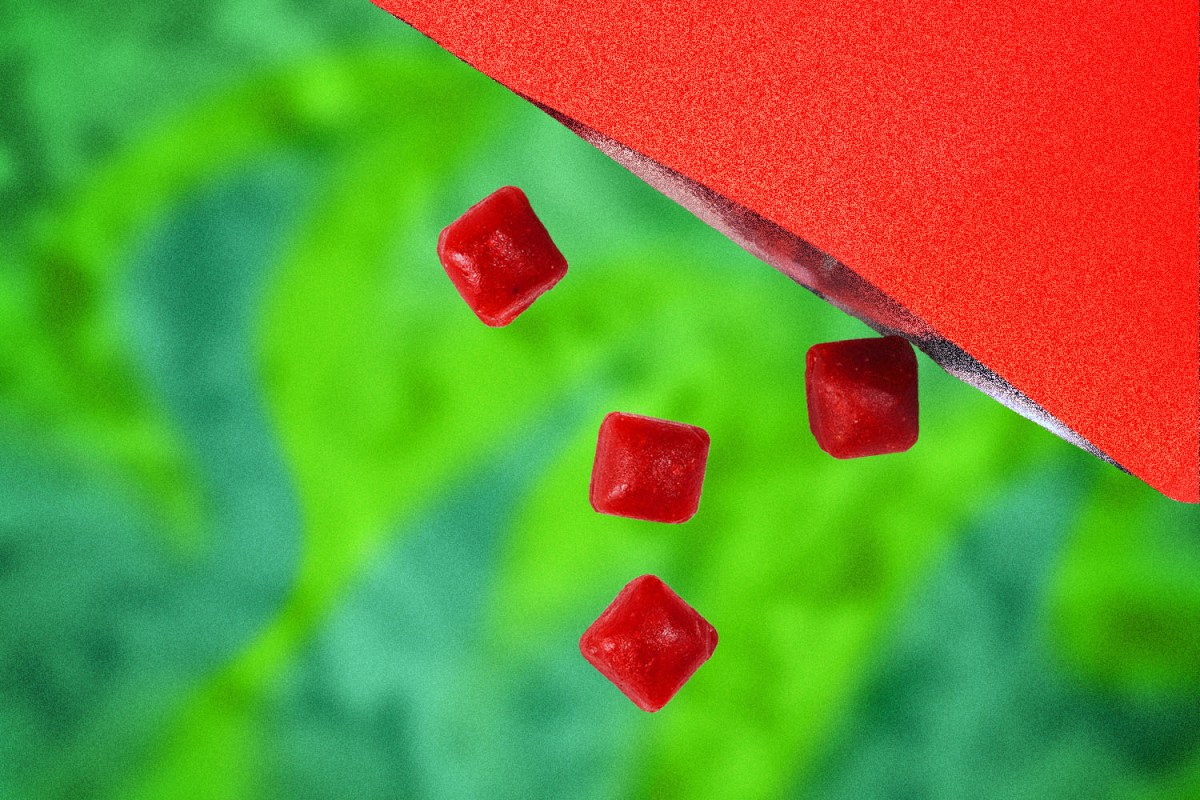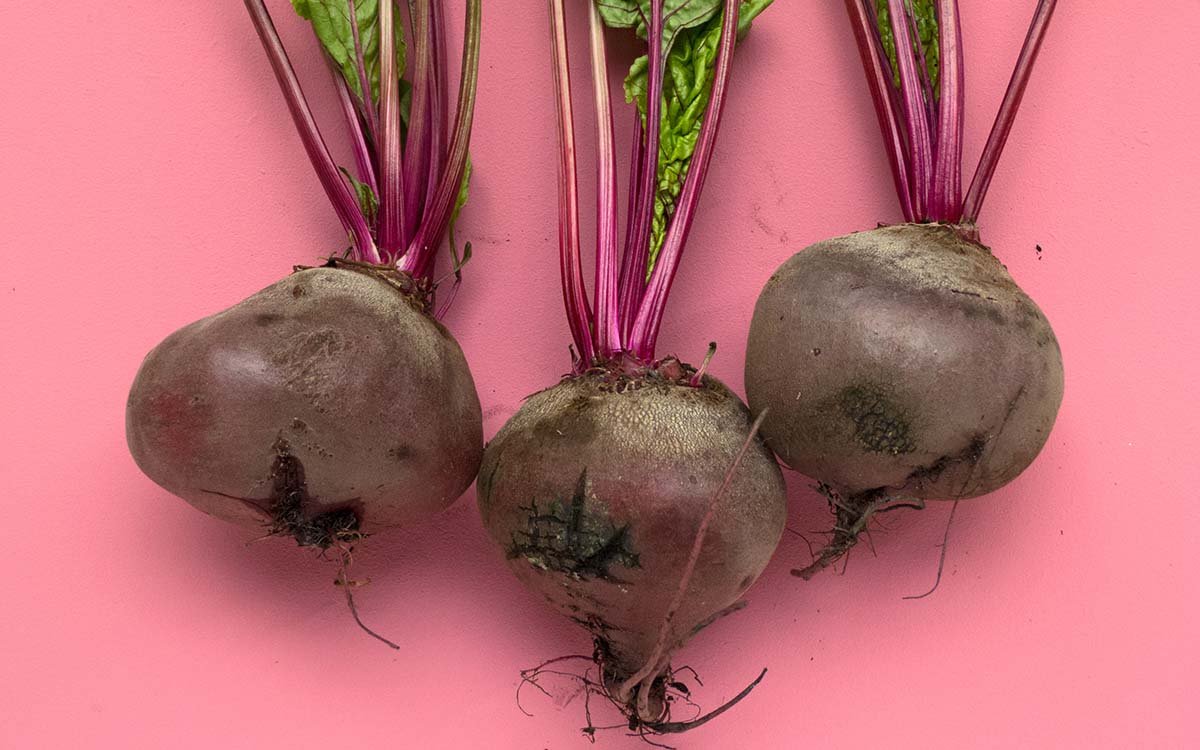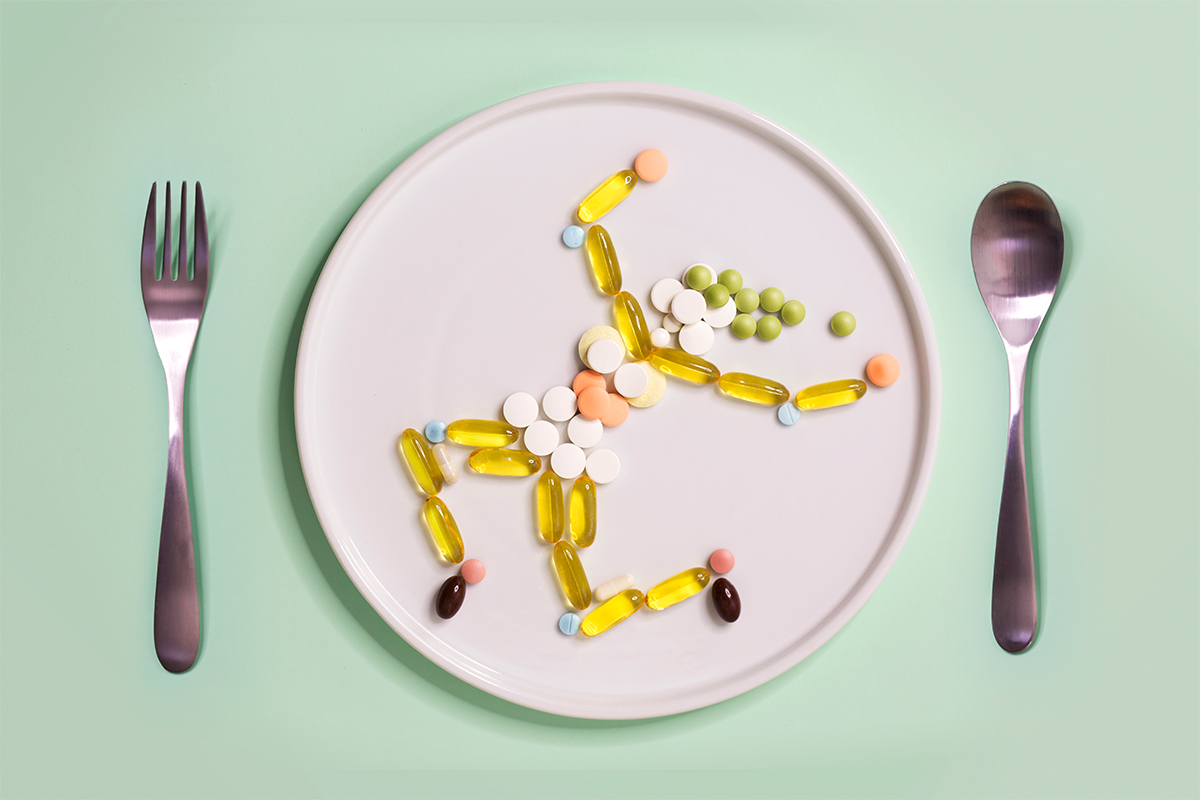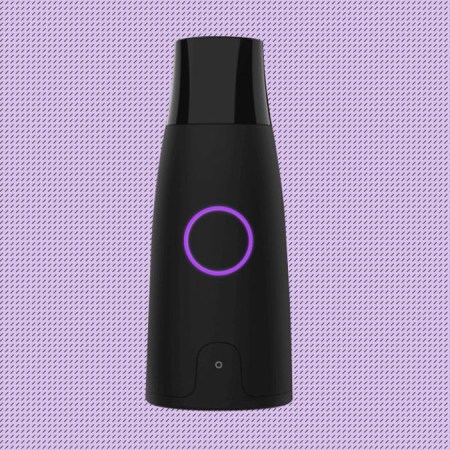A friend of mine had his first session with a personal trainer the other day.
The PT pulled out a standard trick: make the trainee speak while exercising, to figure out what sort of shape he’s in. Where are you from? What do you do? What are your fitness goals? Eventually, he asked him about supplements. My friend replied that he doesn’t take any. The PT stopped the workout, shocked and apparently a little hurt. Not even fish oil?
For those both inside and outside the wellness industry, supplements have become a sort of non-negotiable stepping stone to well-being. The thinking goes: if you want to get fit (or behave like fit people, at least), you should probably have a drawer in your kitchen with one-a-day capsules, green powders and multivitamins.
In an age of brand transparency — where labels stress that the magnesium came from Utah, the vitamin K2 from Oslo and the vitamin E from Buenos Aires — we feel extra empowered to make these purchases. It all feels a long way from the muddled aisles of a GNC. The pitch-perfect packaging doesn’t hurt, either.
The market size for multivitamins was valued at $23 billion in 2017. By 2025, it’ll hit $38 billion. This despite constant cries from medical officials for consumers to slow down and reassess their lifestyle choices — what they put on their plates, the amount of time they spend away from their desks — before committing to $30-per-month multivitamin subscription services.
Two quotes come to mind on this point; last year, the Chief Medical Editor of Harvard Health Publishing, Dr. Howard LeWine, wrote: “How food, and its component molecules, affect the body is largely a mystery. That makes the use of supplements for anything other than treating a deficiency questionable.”
And a couple years before that, Dr. Brent Bauer, the director of a prominent Mayo Clinic in Minnesota, said: “I’m not averse to the use of dietary supplements and use them in my practice routinely, but they’re never the first answer … As soon as you say your product is good for everybody, it’s hard for me to see the science.”
Multivitamins exist at the center of a bizarre, contradictory Venn diagram: they’re posited as a product for everyone, but taking them is a highly personal choice. We pop them in order to feel “in control” of our health, but too often, we’re really just dealing in wellness FOMO, afraid that we’re not doing enough (or in some cases, anything at all) to improve ourselves. Multivitamins promise a convenient, relatively passive fix-all.
Possibly the most important product at the center of this mess is the gummy multivitamin. It’s been on an upward tear for a minute now; according to Exploding Topics, the keyword “gummy supplement” has generated a 6400% increase in online impressions over the last five years. Traditionally, these gummies contain a cocktail of vitamins A, C, B12, D, E and K, plus minerals like biotin and zinc.
More recently, though, gummies can contain just about anything, and are no longer geared for the vague cause of “daily health.” Instead, they’re designed for explicit use cases, like “energy, “focus,” “better skin,” “immune support” or “sleep.” The gummy boom — in all its gelatinous glory — has arrived, whether we need it or not.
There’s a reason gummies go down like candy. They’re often made with the same ingredients: corn starch, water, sugar, added colorings. Speaking to the Wall Street Journal earlier this year, cardiothoracic surgeon Dr. Steven Gundry, author of The Energy Paradox, expressed concern about the sugar content in gummies. “In a nation awash with sugar in all forms, we simply don’t need to add anymore to get a supplement into our mouths.”
Dr. Gundry’s concern is a reasonable one. Even if you accept the premise (however bogus) that you have to bolster your daily diet with tropical-flavored chewables (highly unlikely, unless you’re vegan, pregnant, suffering from alcohol dependency or taking medication that fiddles with nutrient absorption), gummies are an imperfect vessel for delivering those needed nutrients.
Consider the words of Dr. Tod Cooperman, who’s the current president at ConsumerLab, a third-party service that tests and reviews supplements: “It is harder to make a good quality gummy than to make a good quality pill. As opposed to tablets, caplets and capsules, we have found that gummies are more likely to contain more ingredients than listed.”
And yet, an endless list of young brands seem determined to make a “good quality gummy.” Take Nourished, for example, which 3D-prints made-to-order gummy “stacks” for customers based on the results of a lifestyle quiz. Depending on how tired you’ve felt lately, your diet, the frequency with which you travel abroad and your exercise routine, Nourished will whip up a batch of bespoke health gummies.
If you’d rather go with one of their bestsellers, that’s an option, too. They have names like “The Plant-Based Power Stack,” “The Shape Up Stack” and “The Menopure Stack.” But it’s hard to see people turning down any chance to take a personal quiz online, especially when what’s waiting on the other side is a personalized everlasting gobstopper.
Before Nourished launched in the States this summer, the brand’s founder, Melissa Snover, achieved the largest ever seed round by a female founder in the United Kingdom. The vegan, sugar-free, non-GMO, plastic-free gummies are now the highest-rated vitamin product in the UK. Marketing descriptors aside, though, is it a healthy alternative to the old guard of multivitamin gummies? Kind of. It still contains a sugar substitute in maltitol syrup. And while all the ingredients in a typical stack (from beetroot powder to kidney bean extract) do have a track record of helping the body perform better, it’s fascinating that so many customers would rather pay $40 each month for a pack of 28 stacks than, you know … eat beets or beans.
At the same time, though, it’s hard to argue with Nourished’s model. It’s working. Look at another brand, Grummies, which is also in the business of selling candied superfoods.
One of the brand’s co-founders, Nick Michlewicz, told Food Business News earlier this year, “I kind of reveled in how disgusting my smoothies were, because I put these absolutely atrocious superfoods in them that didn’t taste good. Most people couldn’t stomach them.” Grummies represents a solution to that problem: a way to make superfoods go down easy. They offer four flavors — ashwagandha, elderberry, apple cider vinegar and turmeric — which, being completely honest, feel like they were workshopped with an SEO expert. It’s hard not to see a future in which a TikTok wellness influencer claims she refuses to start her day without popping some Grummies.
There is something to be said for Grummies’ focus, in that it doesn’t really have one. The brand’s other co-founder, Colin Darretta, says: “We wanted to lead with the superfood rather than lead with the solution.” That stands in contrast to other surging brands like Kencko, Goli, Better Not Younger, Twinlab, Hum, GummiShot and No. 8., all of which generally pitch their gummies for the purpose of fixing problems. Take this to fix eye damage, that to boost metabolic health. Don’t you want to focus during the workday, grow your hair back, get a boost of energy before your workout or promote a healthy heart? If you take these gummies, those issues will start to subside. Key word being “start,” because if you don’t keep at it (the subscribe button is right here, by the way), the vitamins won’t have enough time to actually fix you.
Look: the reality is you already pay for too many streaming services to start paying for this many gummies. If people are going to eat gumdrops no matter what, though, it’s a positive sign that the gumdrop manufacturers now seem interested in using less sugar and more apple cider vinegar, which to be fair, is a fantastically underrated source of antioxidants. But how can anyone possibly sit at home and rank which gummies are worth their time and money and which ones aren’t? At the very beginning of this research, before I, full disclosure, sampled about 12 gummies myself, one of my coworkers observed “There’s a gummy for everything now.” He was right.
There’s an entire other arena that gummies have been dominating for a little while now: relaxation. Gummies make up 80% of the overall edibles market, and far more than topicals or tinctures, appear to be the driving force of the unceasing CBD market. There are designer, kiwi-infused CBD gummies, Martha Stewart CBD gummies, Pitbull CBD gummies.
And more derivatives of famous drugs are on the way, in the holy name of microdosing. Mojo, by Gwella Mushrooms, is a mix of legal, lab-grown ‘shrooms (meant to simulate the real stuff), nootropics, caffeine and mood-boosting plants. A bubble bath for the brain, basically, which plays out over the course of six hours.
For those who’d rather their gummies sent them to bed, rather than another dimension, brands both mainstream (Olly) and offbeat (Asystem) have perfected melatonin gummies. While you can take melatonin by the capsule, these gummies often mix their active ingredient with other sleep aids, like chamomile and lavender extract. It’s effective, but then, so are the many identical tea brands.
At least in the cases of mood-altering, body-loosening gummies, the intention is a bit more transparent. The idea is take the gummy for an immediate response, which legitimately works, unless you use them every single day and sabotage your tolerance. In this way, they work a bit more like drugs.
It might feel odd to reach that kind of conclusion, and decide that they’re therefore less dangerous than gummies that promise to help you lose weight or defeat congestion. But as the gummy boom grows, so will its credulous audience. Remember: it’s extremely difficult to make smart decisions in a grocery store. Nutrition is hard, cooking is hard, not Seamless-ing at the end of a shitty day is hard. But a gummy, no matter how cheeky the copywriting was in the targeted ad that drew you to it, is not the solution to those problems. It could easily lead you to under-eat, thinking you’ve gotten your nutrients for the day, or over-eat, thinking you can make up for eating too many processed foods by eating a few chewables. That’s just not how the body works.
What should you do? Unsubscribe from lifestyle wellness’s race to nowhere. Look to the people who live too far removed from modern society to even know what in the hell a gummy is. The world’s longest-living communities (in Sardinia, in Okinawa, in Costa Rica) aren’t sitting around waiting for brands to drop a new gummy with less sugar. They’re cooking with real ingredients from down the road. If you don’t need superfoods, you certainly don’t superfood gummies. You just need food. And you can save half of your next grocery bill by emptying your online cart of gummies.
Whether you’re looking to get into shape, or just get out of a funk, The Charge has got you covered. Sign up for our new wellness newsletter today.


























